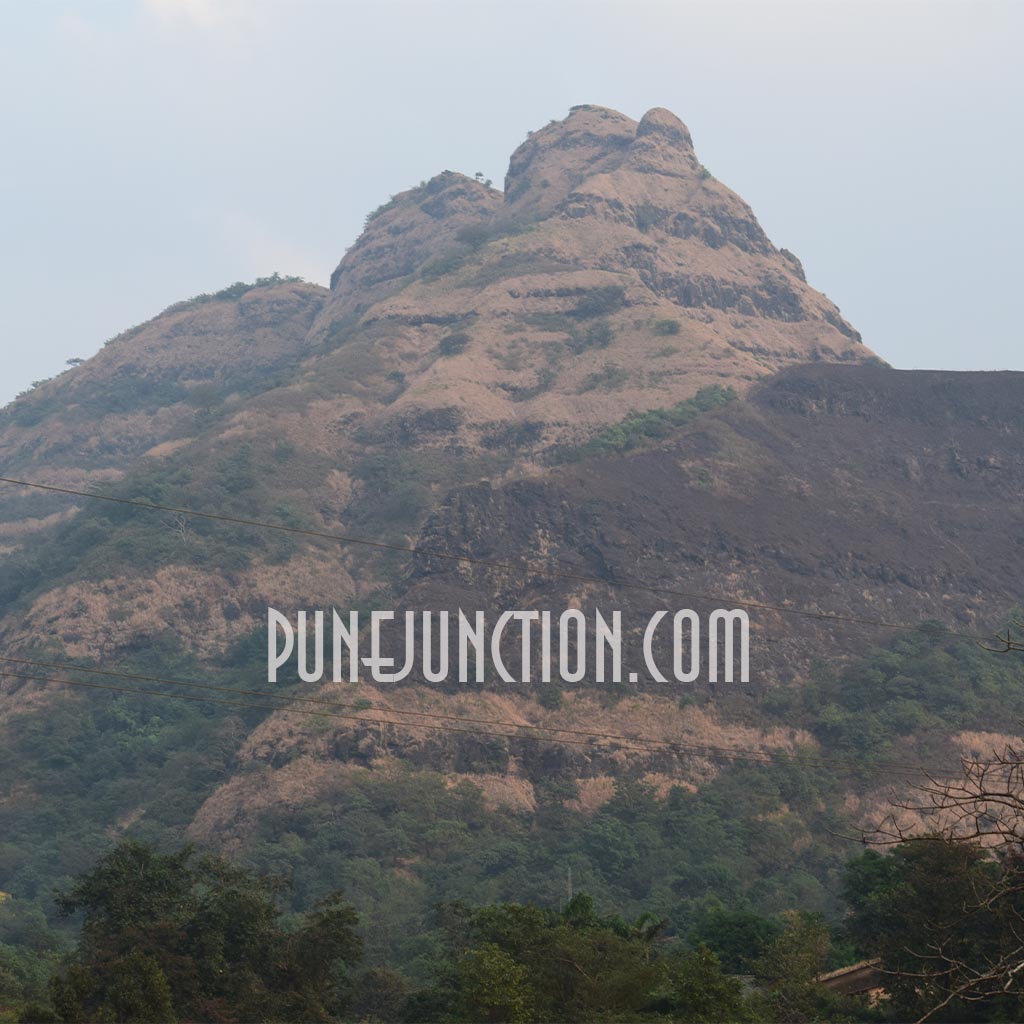
Ashtavinayak Yatra from Pune – A Complete Guide
The Ashtavinayak Yatra is a revered pilgrimage in Maharashtra dedicated to Lord Ganesha. It involves visiting eight ancient and sacred Ganpati temples, each with its own significance and legend. These temples are spread across different regions near Pune, making the yatra a spiritually enriching experience for devotees.
This guide provides a detailed itinerary, temple descriptions, best routes, and travel tips for an unforgettable Ashtavinayak Yatra from Pune.
What is Ashtavinayak Yatra?
The term Ashtavinayak means “Eight Ganeshas.” This pilgrimage covers eight self-manifested (Swayambhu) Ganpati temples in Maharashtra. Each temple has unique idols, legends, and spiritual significance.
The yatra traditionally starts and ends at the Mayureshwar Temple (Morgaon), as per Hindu customs. The journey covers approximately 750-800 km by road.
List of Eight Ashtavinayak Temples & Their Locations
1. Mayureshwar Temple (Morgaon) – The First Temple
📍 Location: Morgaon, Pune District
🔹 Significance: This temple is considered the main temple of the Ashtavinayak pilgrimage. The idol here is three-eyed and is believed to have been created by Lord Brahma.
🔹 Legend: Lord Ganesha is said to have taken the form of Mayureshwar (Peacock-riding form) to defeat the demon Sindhu.
🔹 Unique Feature: The temple has a Nagraj (snake deity) idol behind Lord Ganesha.
2. Siddhivinayak Temple (Siddhatek) – The Wish-Fulfilling Temple
📍 Location: Siddhatek, Ahmednagar District
🔹 Significance: This is the only temple where Lord Vishnu worshipped Ganesha before killing demons Madhu and Kaitabha.
🔹 Legend: It is believed that Rishi Vyas performed penance here and gained wisdom to write the Mahabharata.
🔹 Unique Feature: The idol is right-trunked (Dakshinabhimukhi), which is considered very powerful in Hindu rituals.
3. Ballaleshwar Temple (Pali) – The Devotee’s Favorite
📍 Location: Pali, Raigad District
🔹 Significance: This is the only temple named after a devotee (Ballal), rather than after Lord Ganesha.
🔹 Legend: A young devotee Ballal was tortured for worshipping Ganesha, but Lord appeared in front of him and blessed him.
🔹 Unique Feature: The temple has two lakes and a Dhulbatti (lamp made of pure ghee) that burns continuously.
4. Varadvinayak Temple (Mahad) – The Giver of Boons
📍 Location: Mahad, Raigad District
🔹 Significance: This temple is known for granting wishes and prosperity.
🔹 Legend: Lord Ganesha is said to have blessed Rishi Grutsamad here, granting him wisdom.
🔹 Unique Feature: Devotees can personally touch and worship the idol.
5. Chintamani Temple (Theur) – The Remover of Worries
📍 Location: Theur, Pune District
🔹 Significance: Known as the “remover of worries”, Chintamani Ganesha is believed to bless devotees with peace and wisdom.
🔹 Legend: Lord Ganesha retrieved the divine Chintamani jewel from the greedy king Guna and returned it to Sage Kapila.
🔹 Unique Feature: The temple is closely associated with Peshwa rulers who frequently visited for blessings.
6. Girijatmaj Temple (Lenyadri) – The Cave Temple
📍 Location: Lenyadri, Pune District
🔹 Significance: This is the only Ashtavinayak temple located inside a mountain cave, believed to be the place where Goddess Parvati meditated for Ganesha’s birth.
🔹 Legend: The temple was once a part of a Buddhist monastery and later became a Hindu temple.
🔹 Unique Feature: The idol is carved from a single rock, and the temple is reached after climbing 307 steps.
7. Vighnahar Temple (Ozar) – The Protector from Obstacles
📍 Location: Ozar, Pune District
🔹 Significance: This temple represents Vighnahar, meaning “the remover of obstacles.”
🔹 Legend: Lord Ganesha defeated Vighnasura, a demon causing trouble in religious ceremonies.
🔹 Unique Feature: The golden dome and deepmalas (lamp towers) add to the grandeur of this temple.
8. Mahaganapati Temple (Ranjangaon) – The Supreme Form
📍 Location: Ranjangaon, Pune District
🔹 Significance: This temple represents Mahaganapati, the most powerful form of Lord Ganesha.
🔹 Legend: Lord Shiva worshipped Ganesha before defeating the demon Tripurasura.
🔹 Unique Feature: The idol is called Mahotkat (Giant Form) and is hidden underground. Only priests can see the complete idol.
Ashtavinayak Yatra Route from Pune
Recommended Order for Travel:
1️⃣ Pune → Morgaon → Siddhatek
2️⃣ Siddhatek → Pali → Mahad
3️⃣ Mahad → Theur → Lenyadri
4️⃣ Lenyadri → Ozar → Ranjangaon (Final Stop) → Pune
Total Distance: Around 750-800 km
Time Required: 2 to 3 days
Travel Tips for Ashtavinayak Yatra
🚗 Transport: You can travel by car, bus, or private tour packages. Maharashtra State Transport (MSRTC) also operates buses for the pilgrimage.
🏨 Accommodation: There are lodges, hotels, and temple guesthouses near all major temples.
🍛 Food: Local Maharashtrian food is available near the temples. Try Pithla Bhakri, Misal Pav, and Vada Pav.
🙏 Best Time to Visit: Ganesh Chaturthi, Maghi Ganpati, or any Hindu festival is considered auspicious. However, the temples are less crowded on weekdays.
🛐 Temple Etiquette: Follow dress codes (avoid shorts), maintain silence, and do not take photographs inside the sanctum.
Conclusion
The Ashtavinayak Yatra is a spiritually enriching pilgrimage that not only connects devotees with Lord Ganesha but also offers a beautiful journey through the landscapes, history, and traditions of Maharashtra. Starting from Morgaon and ending at Ranjangaon, the yatra is a once-in-a-lifetime experience that every devotee should undertake at least once.
Whether you’re seeking blessings, inner peace, or simply an adventurous religious journey, the Ashtavinayak Yatra from Pune is a perfect blend of devotion, culture, and heritage. 🙏🚗
Would you like a customized travel plan or assistance in arranging a tour for the yatra? 😊







